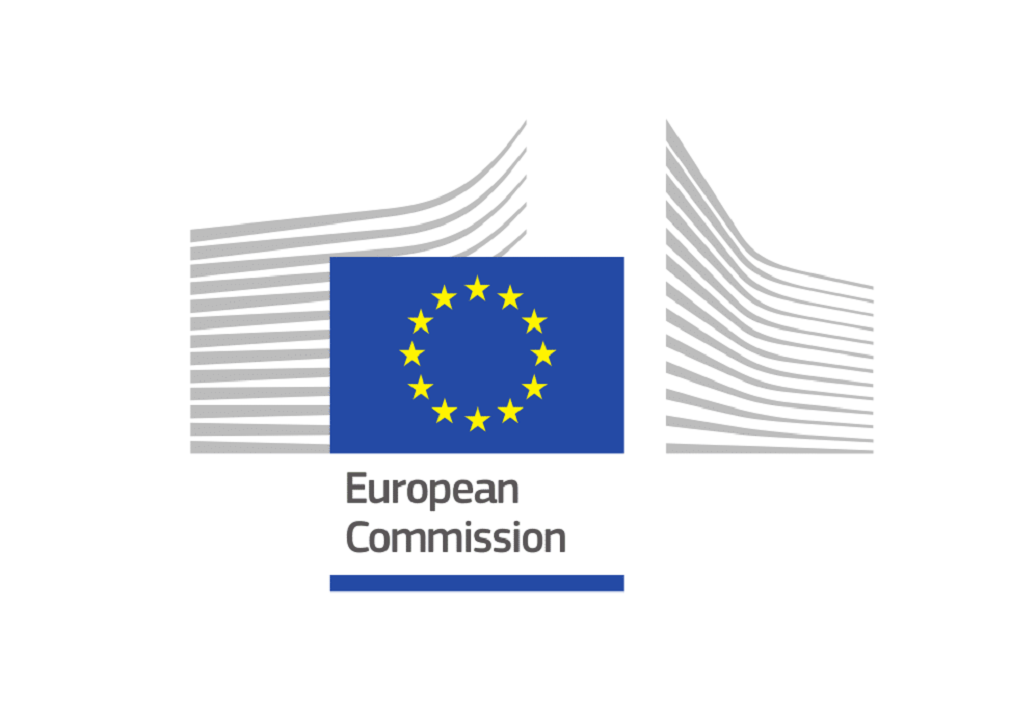The regulation of prostaglandin analogs in cosmetics is a topic of increasing concern in China and the European Union due to their potent pharmacological effects, even at low concentrations.
In China, as of June 2023, the National Institute for Drug Control announced the intent to prohibit several prostaglandin analogs used primarily in glaucoma medication but sometimes included in cosmetic products for their side effect of promoting eyelash growth. The banned substances proposed include Bimatoprost, Latanoprost, Tafluprost, Tafluprost ethyl amide, and Travoprost. This move is part of a broader initiative to ensure cosmetic safety and prevent the misuse of pharmacologically active ingredients in products meant for aesthetic enhancement rather than medical use.
In the European Union, the Scientific Committee on Consumer Safety (SCCS) has been actively evaluating the safety of prostaglandins and their analogs in cosmetics. This evaluation focused on their use in eyelash growth products, following reports of serious undesirable effects from several EU countries. The SCCS’s preliminary findings have highlighted significant safety concerns, leading to rigorous scrutiny and calls for data to assess these risks better.
The regulatory actions have profound implications for the cosmetic industry, potentially disrupting the status quo. Companies must swiftly reformulate products that previously contained these ingredients or face severe restrictions on selling in major markets like China and the EU. This underscores the pressing need for stringent regulation of substances that straddle the line between pharmaceutical and cosmetic use, with consumer safety being the top priority.
As stakeholders in the cosmetic industry, you must stay abreast of these regulatory changes. This is not only crucial for compliance but also for proactively adapting your product formulations and marketing strategies accordingly. The Chinese and EU regulatory bodies stress the importance of adhering to safety standards and prohibit using pharmacologically active substances in cosmetics that could pose health risks.
For more detailed information on the EU’s stance and ongoing evaluations, you can refer to documents and announcements by the European Commission and the SCCS concerning prostaglandins’ safety and regulatory status in cosmetics.


